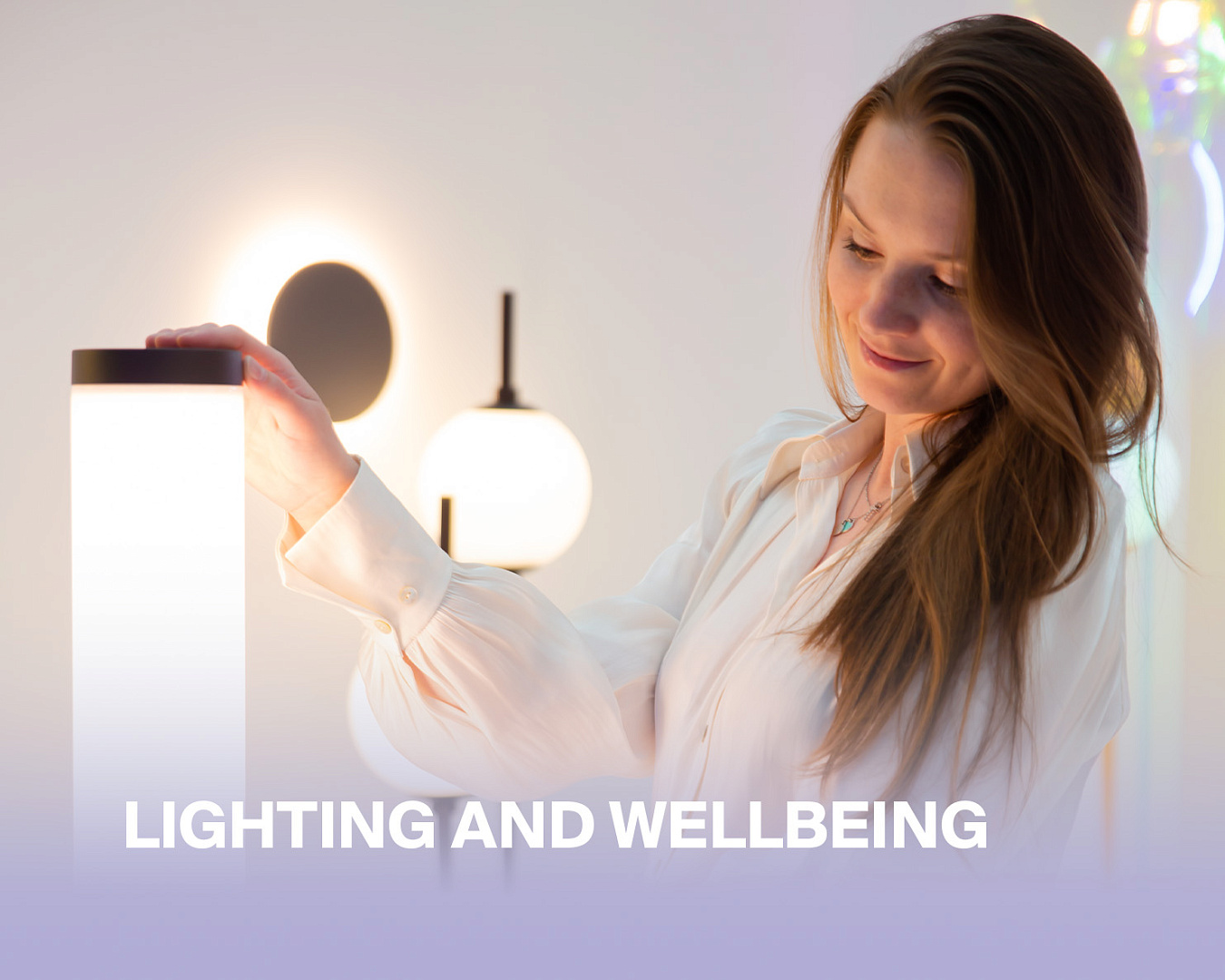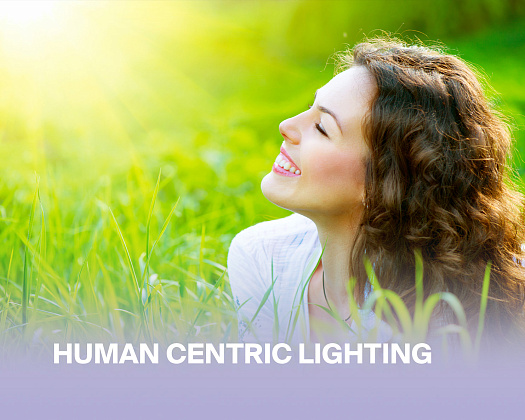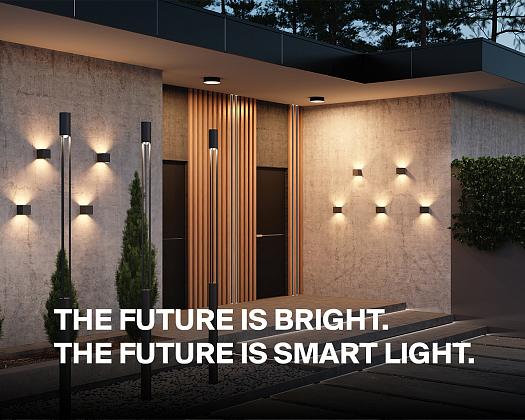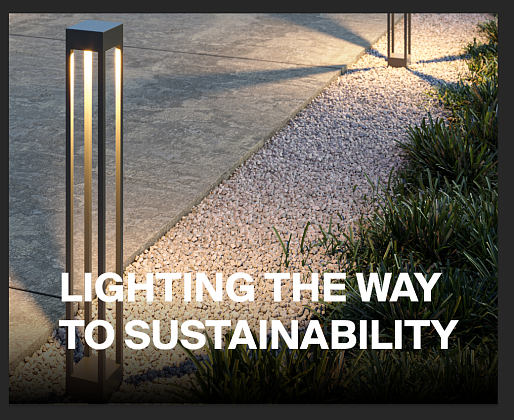
Lighting plays a vital role in our everyday lives and wellbeing. It’s important to get lighting right in terms of aesthetically pleasing solutions and brightness, of course, but lighting affects people in a multitude of ways.
Lighting and wellbeing
Starting with wellbeing, how does lighting affect our moods and how we feel physically and mentally?
Regulation of sleep-wake cycles: light exposure helps regulate our circadian rhythms. Sunlight, in particular, suppresses the production of melatonin, the hormone that signals sleepiness, keeping us more alert and awake. This concludes that bright light can decrease sleepiness even after restricted sleep.
Conversely, dim light in the evening can promote melatonin production and prepare us for sleep. And it’s important to restrict the we expose ourselves to near bedtime – this is the light emitted by screens. It can affect our circadian rhythms as much as bright sunlight, and given the rise of screen usage in all our lives, it is something we need to be mindful of. Anyone who doesn’t get enough sleep knows how tiredness can affect our day-to-day functions.
Mood and alertness: light levels can significantly impact our mood and alertness (especially if we’re not sleeping well). Studies have shown that exposure to bright light can , and cognitive function – think how you feel on a bright, sunny day. Then compare this to how you feel on the greyer, darker days. Inadequate light exposure can contribute to symptoms of seasonal affective disorder (SAD), a type of depression that often occurs in winter months when daylight hours are shorter. Studies have also been done into how , regardless of environmental factors.
Overall well-being: lighting can influence our perception of a space and how comfortable we feel in it - one of the many reasons to get the lighting in your home or place of work just right. Natural light is often preferred, and strategically designed lighting schemes can create a more inviting and relaxing atmosphere in homes and workplaces.
Light and productivity
Workplaces and places of learning need adequate lighting for people to be able to see properly, but also to help them be more productive. The wrong type of lighting can lead to headaches, eye strain and other complaints, all of which can decrease productivity. Unfortunately, many office buildings and schools aren’t sufficiently lit. Many still use older style, dim fluorescent lights which just aren’t bright enough. Apart from the eye strain and headaches, this can also mean workers and students can feel tired, anxious and, in the case of pupils, more likely to misbehave.
The ideal scenario for schools or workplaces is for exposure to as much natural light as possible. That’s not always achievable, given the location and age of many buildings, so artificial light that simulates natural light should be used.
There’s a by the Centre for Performance at Work at City University London goes into more detail about lighting, wellbeing and productivity and performance at work.
Light and children
Research has been done into the effects of light on children, their behaviour and sleep patterns. highlights that children are more susceptible to the effects of light than adults, and that greater daytime light can have an impact on eye sight and psychological and physical health. It is widely known that how much (or little) children sleep has a direct effect on the quality of life for themselves and their family, both in infancy and throughout their school life.
From the research we have done into lighting and health and wellbeing, it’s apparent that it has an enormous impact. Take a look at the lighting in your home and workplace and make sure it is right for you. Remember brighter isn’t always better, particularly in bedrooms. If you are having trouble sleeping, be sure to cut down on screen time and exposure to overly bright light.
As a lighting manufacturer, we understand the important role that lighting plays in enhancing and supporting people’s health. Take a look at the of sustainable lighting solutions which will help you to shine a light on health and wellbeing in your projects.





